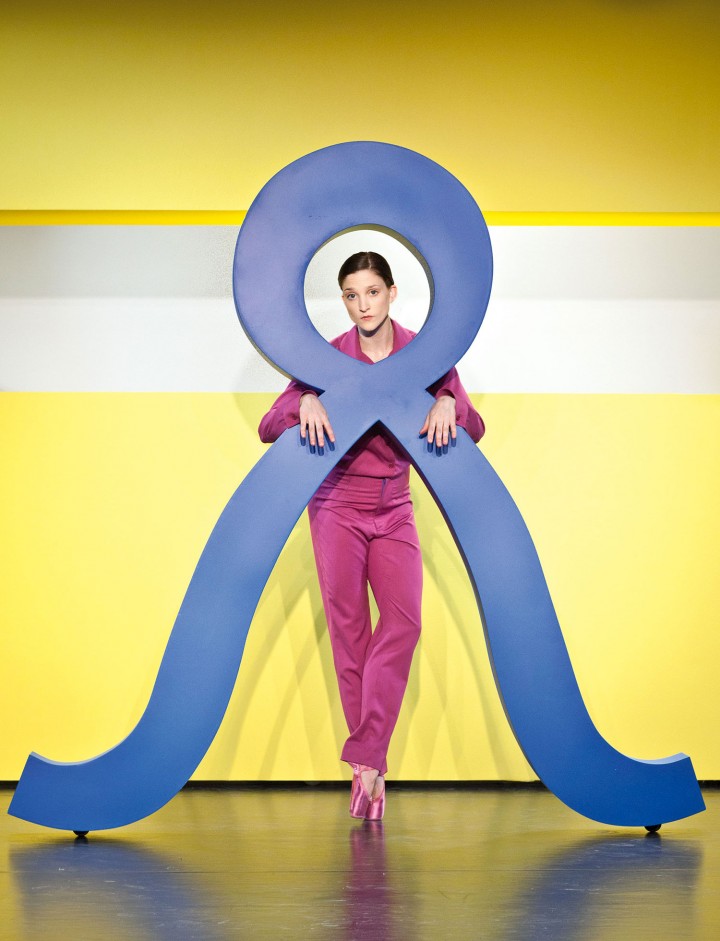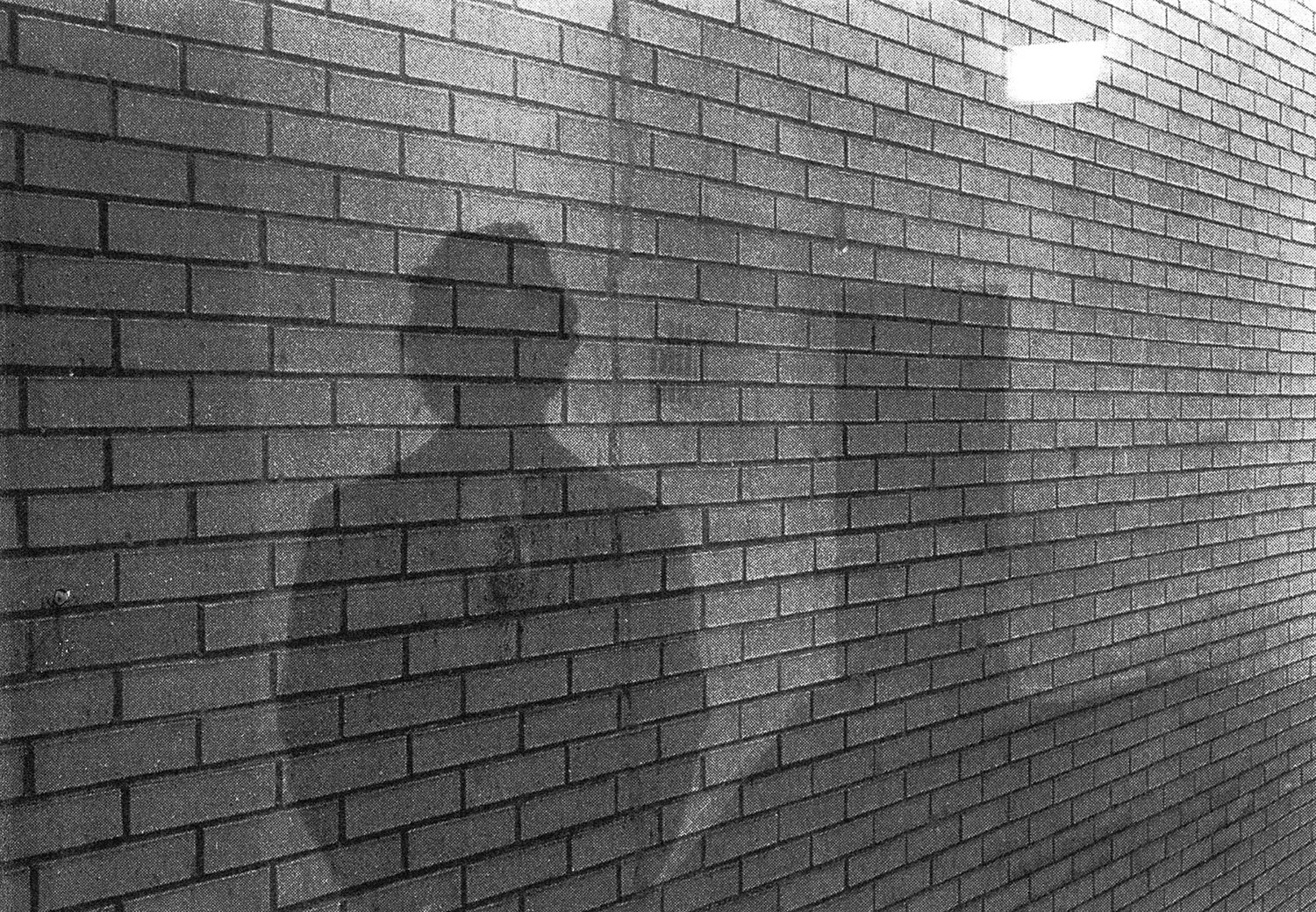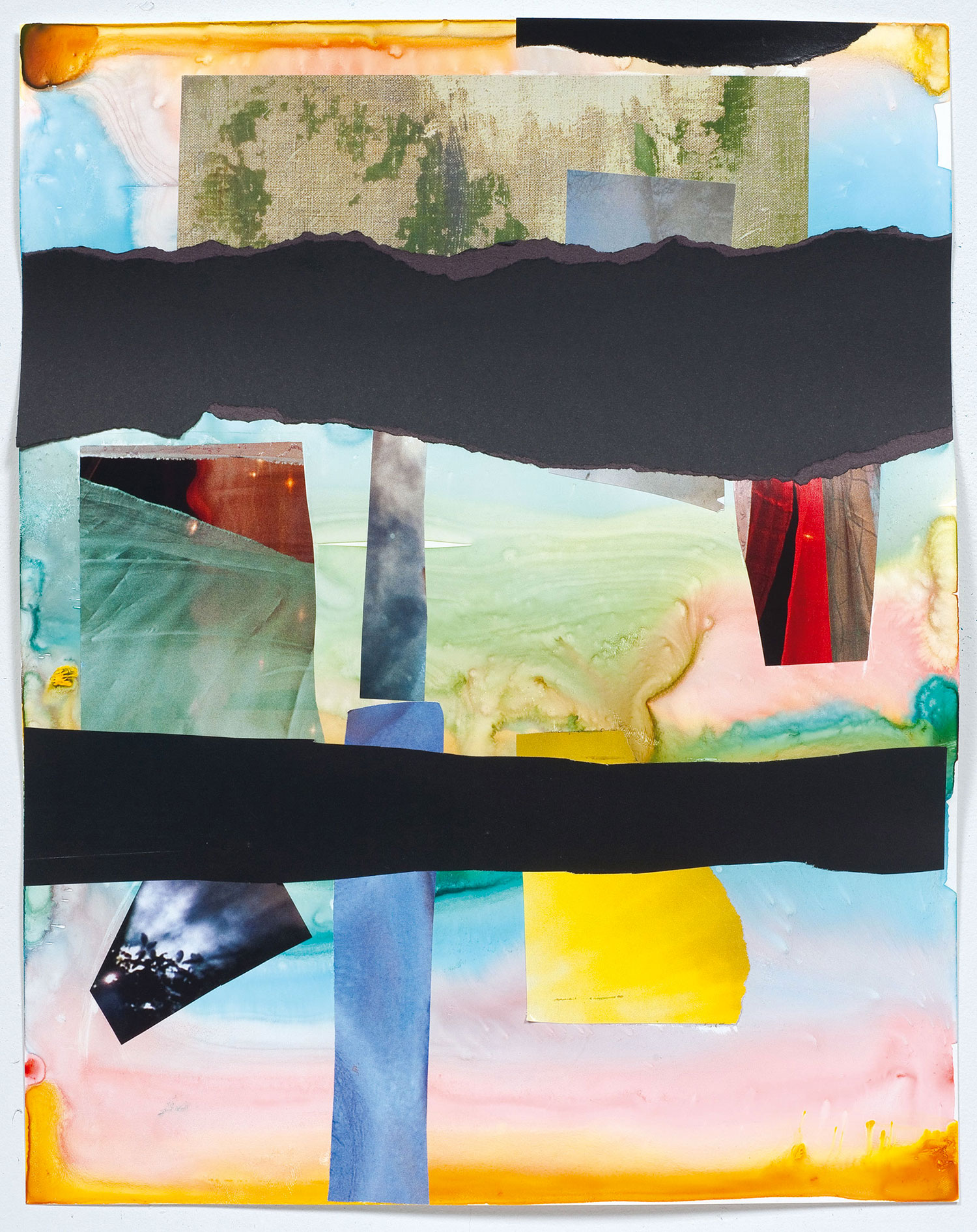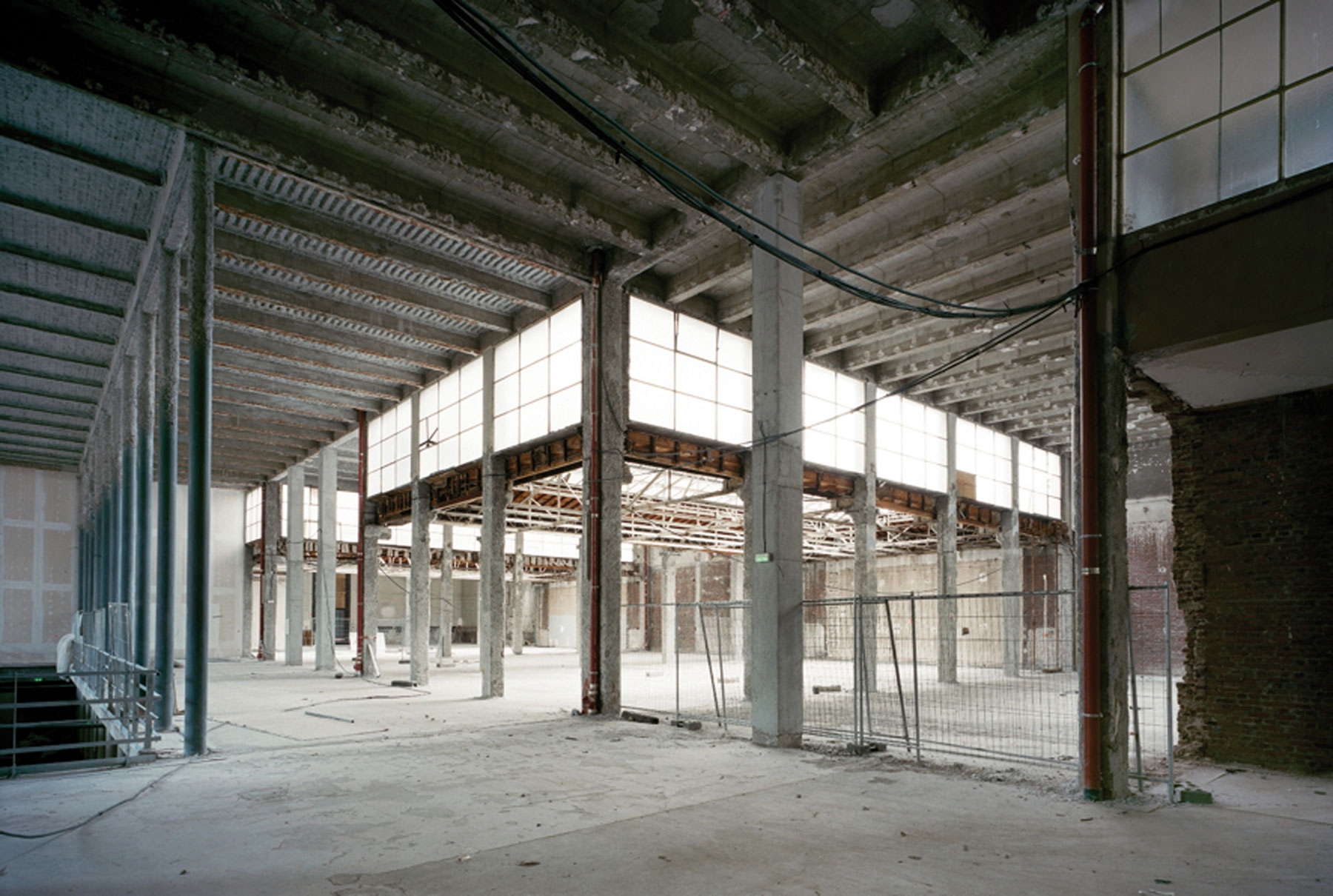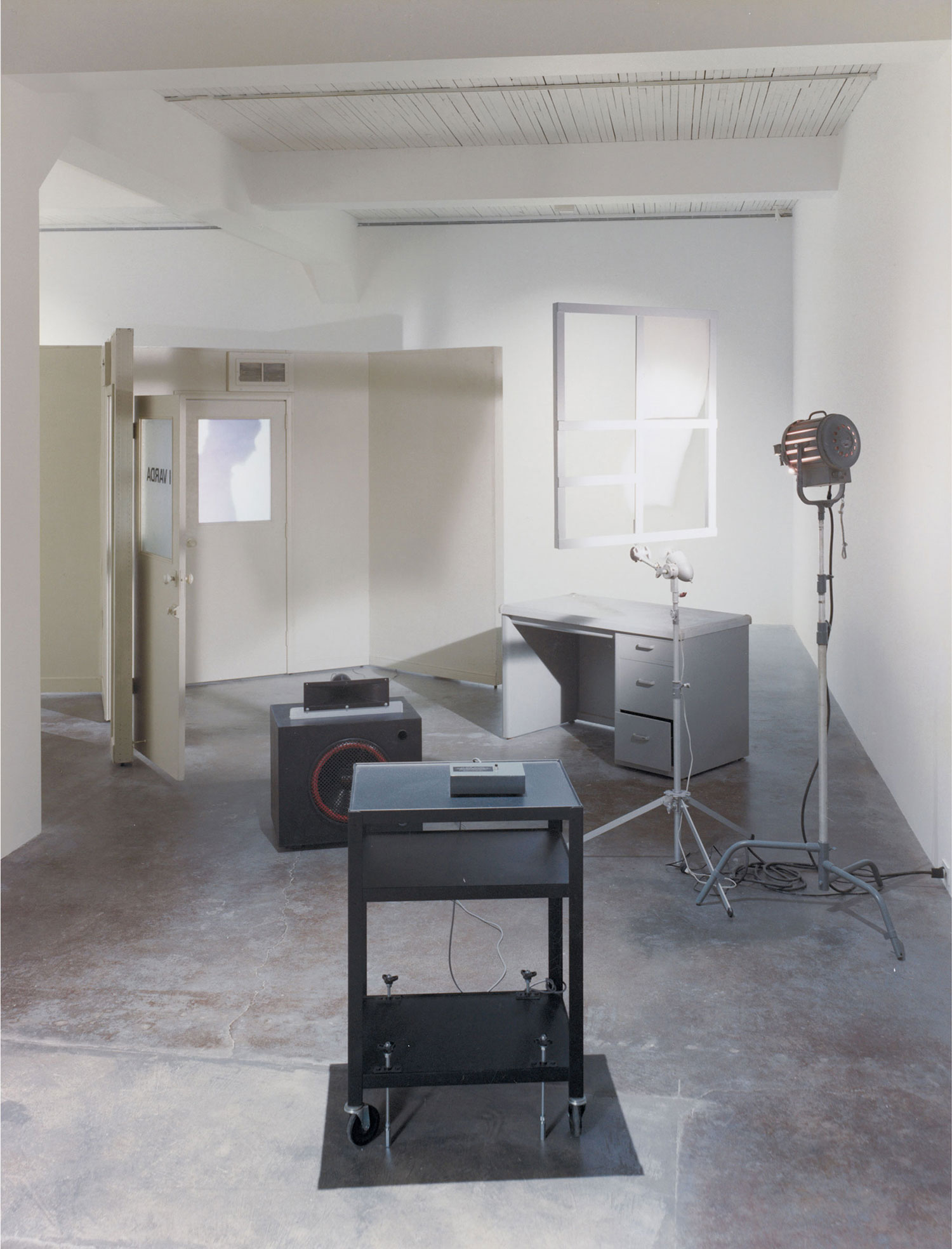
Untitled (Presence 2005) by Elad Lassry, featuring six members of the New York City Ballet, confirms the artist’s deep interest in questioning the meaning of visual imagery. For such an anticipated work, the lack of surprise might be a source of disappointment, as one might have the impression to attend a video screening rather than a performance, the distance between audience and stage being so evident. Yet, the Israeli artist has always made artwork that happens to be photographs. It is thus reasonable that his first live performance happens to be a photograph, too.
For around 20 minutes, viewers are confronted with a series of tableaux whose beginning and ending is defined by the lights on the stage. Black, lights on, image, lights down and black: this could be a résumé of the evening, as if the theatrical universe is helping the artist to express a jubilant triumph of formalism. Lassry, whose work has always been characterized by the frame as a tool to appreciate the image itself, successfully transforms theater into an ideal meta frame to further study the relationship between eye, object and body.
As usual, the artist’s universe is highly color coordinated. Like a United Colors of Benetton advertisement from the early 1990s, male dancers are dressed in green costumes, while female dancers are dressed in purple. The original set, composed by various geometrical yellow, orange, green and white shapes, is equipped with wheels and is silently moved by the performers.

The rhythm is slow paced, and everything is presented in a frontal relationship resembling a moving image. There is no place for sweating or breathing in this dance, only a lot of rigidity, and it is legitimate to question the decision to work with ballet dancers who have the tendency to use their anatomy as if the rise of postmodern dance would have never happened, even when they are simply rearranging the set.
At times, it is possible to glimpse references from the past: certainly Balanchine, and perhaps an elusive tribute to Nijinsky’s The Afternoon of a Faun, but also, more indirectly, early Bauhaus experiments by Oskar Schlemmer, where the sculptural dimension of the objects displayed on the stage is more relevant than the physicality of the performers. One would love to observe a more radical appropriation engaging a more complex dialogue with history, as we have recently seen, for instance, in Danses Libres (2010) by Cecilia Bengolea and François Chaignaud or Pavolva 3’23’’ (2009) by Mathilde Monnier.
But all these elements have to be understood in a wider significance. Lassry doesn’t pretend to act as a choreographer, and dance is not the focus of his work but rather another efficient tool with which to question his practice. The core of his investigation has to be found elsewhere, not on stage. At the end, referring to the words of the author himself, it is possible to define this performance as a first successful attempt to create a “nervous dance,” one that shakes the knowledge of images through dance itself.

